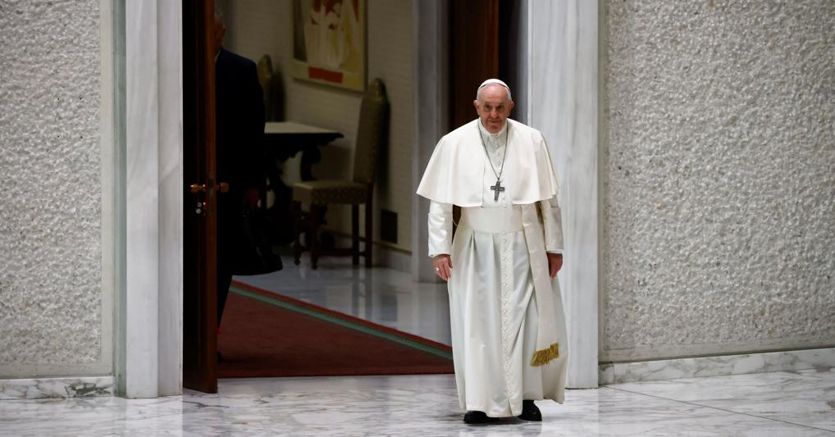The “revolution” of Pope Francis starts on the day of Pentecost. This can only be defined as the entry into force, Sunday 5 June, of the new apostolic constitution Proclaim the Gospel, promulgated on March 19, which completely reforms the Roman Curia. An epochal transition for the government of the Church, 34 years after Pastor bonus of Pope Wojtyla, and at the same time one of the main legacies that the pontificate of Francis will leave to his successors.
The “missionary conversion”
And it is no exaggeration to call a document “revolutionary” which, born after nine years of work by the Pope with the “council of cardinals”, and revisions on the juridical and canonical level, not only restructures the Curia from an organizational point of view, with the various rationalizations, streamlining and amalgamations, but it imposes a new, unprecedented profile, that of “missionary conversion”.
The new Dicastery for Evangelization
An aspect that, in addition to the title of the document – “Preach the Gospel” – clearly emerges from the fact that the first Dicastery of the Curia, apart from the Secretariat of State which becomes the “Papal Secretariat”, will no longer be the Congregation for the Doctrine of faith, as it was in Pastor Bonus, but the new Dicastery for Evangelization. It will bring together the current Congregation for the Evangelization of Peoples – formerly Propaganda Fide – and the Pontifical Council for the New Evangelization, will be directly chaired by the Pope, flanked by two pro-prefects.
Reduction and rationalization
Another novelty, the birth of a Dicastery for the Service of Charity, the former Apostolic Almsgiving, led as prefect by the Almoner of His Holiness. As a sign of reduction and rationalization, the previous Pontifical Council for Culture and Congregation for Catholic Education are also merged into a single Department for Culture and Education. Furthermore, the Commission for the protection of minors becomes part of the Dicastery for the Doctrine of the Faith, continuing to operate with its own rules and with its own president and secretary. However, in the structure of the new Roman Curia the distinction between “Congregations” and “Pontifical Councils” disappears, leaving the place exclusively to “Dicasteries”, led by “prefects”. In addition to the 16 Dicasteries, the Bodies of Justice, then the Economic Bodies, already introduced by the Pope’s previous interventions (among the novelties, the fact that Apsa will make use of the “instrumental support” of the IOR). Finally, the so-called “Offices”.
Even lay and lay people in government roles
An aspect of a radical turning point is that of the possible leadership roles of the laity in the government of the Church, already experienced for some years, for example in the Dicastery for Communication, but which in the Proclaim the Gospel they find their definitive place in the legislation. And it is a change that draws on a hitherto completely unprecedented perspective, but which is grafted into the theology on the laity of the Second Vatican Council. “The power of governance in the Church does not come from the sacrament of Orders, but from the canonical mission”, summed up Father Gianfranco Ghirlanda, theologian and canonist, former rector of the Gregorian, among the new cardinals designated by the Pope for the consistory of the next August 27. “Any member of the faithful can preside over a Dicastery or an Organism, given the particular competence, power of governance and function of the latter”, reads the Proclaim the Gospel in the “Principles and Criteria for the Service of the Roman Curia”. In short, everyone – and therefore also lay and lay faithful – can be appointed in roles of government of the Curia.
